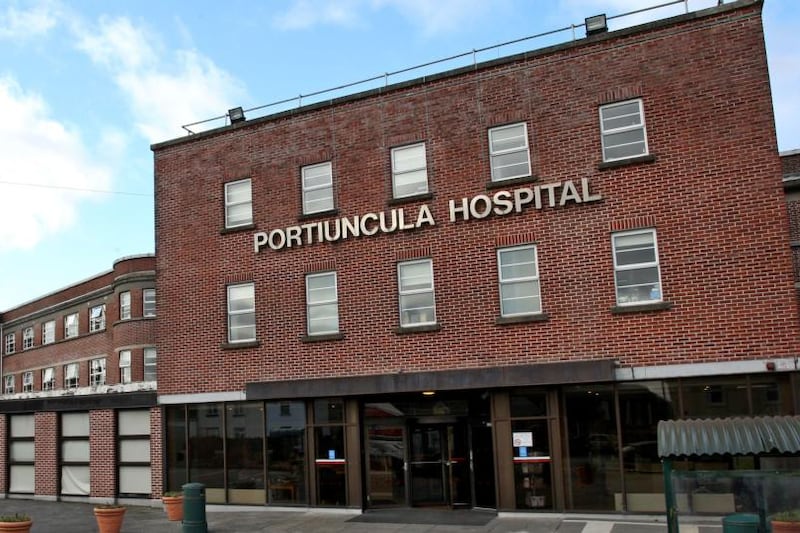When the last evening ferry leaves Rathlin island, the mood shifts.
“You’re isolated then. There’s something about that. You’re at peace. You need to be sitting in McCuaig’s pub looking out the window with a drink watching that boat go,” says Tom McDonnell.
McDonnell is a wildlife photographer who moved to Rathlin off the north Antrim coast 18 years ago after discovering it during day trips at the height of the Troubles.
He is among the 150 people living on Northern Ireland’s only inhabited offshore island.
READ MORE
It is remote, home to almost a quarter of a million seabirds and surrounded by three lighthouses – including a magnificent “upside-down” one built into towering white cliffs – the landscape is dramatic.
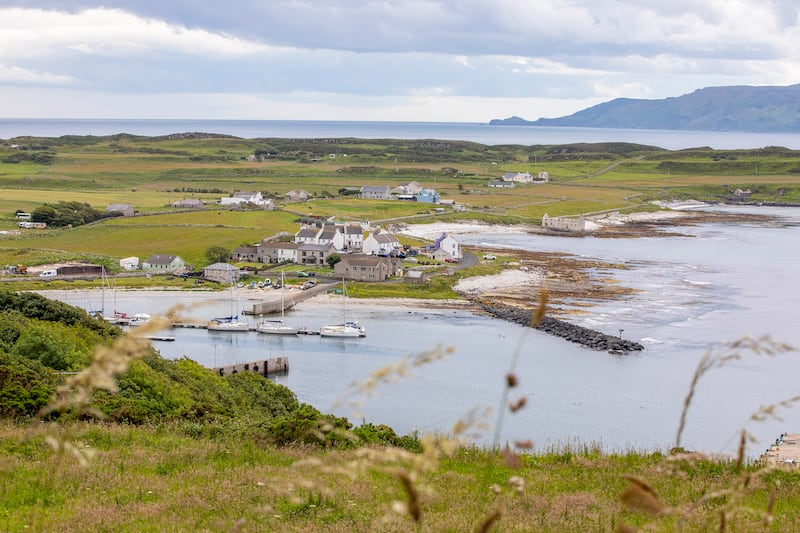
For many, Rathlin is an escape.
“I’ve been coming here 45 years as a day-tripper, I’m a birdwatcher,” Antrim librarian Kate McAllister says as she adjusts her binoculars on the 10am Spirit of Rathlin ferry crossing from Ballycastle, “Some people say there’s nothing to do on Rathlin. That’s why I like it: you can just be.”
Before the pandemic, the island had 60,000 visitors mainly through Easter to September. Numbers have dropped to 40,000 but are steadily rising; the population is also growing and a 10-unit social housing scheme is under way.
What is it that makes people return year after year or relocate altogether?
“You either get Rathlin or you don’t,” says ferry skipper Michael Cecil, “As a community, we can tell who is going to settle and who is not. Lots of people will come over in summer and think it’s great and want to relocate. It’s not an easy place to live.”
[ More: Ireland Islands seriesOpens in new window ]
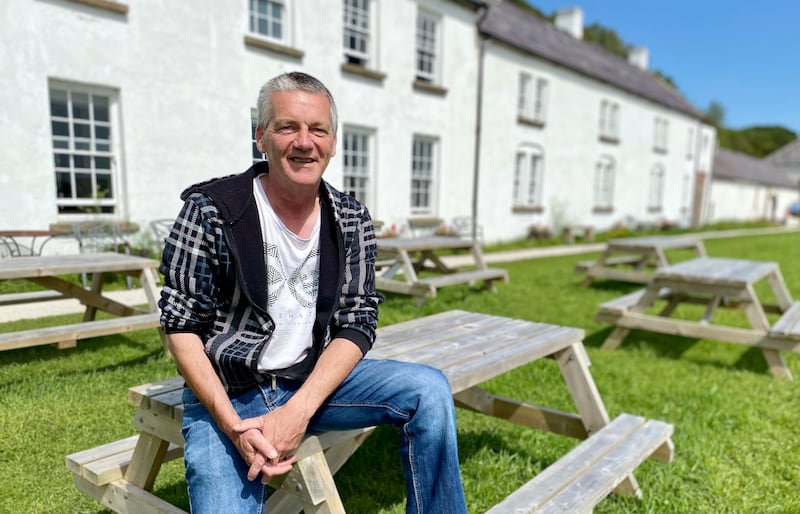
As The Spirit makes a choppy 40-minute sailing across Rathlin Sound – dolphins often race alongside the boat but not today – and we near the harbour at Church Bay, many of the foot passengers dash downstairs to make their way to the “Puffin bus”.
The orange-billed bird has become an unofficial emblem, returning to Rathlin’s rocky cliffs every spring for nesting season.
The Irish Times arrives at the beginning of August – “you might be lucky to spot one before they leave”, says McAllister – before boarding a packed bus bound for the island’s West Seabird Centre and lighthouse.
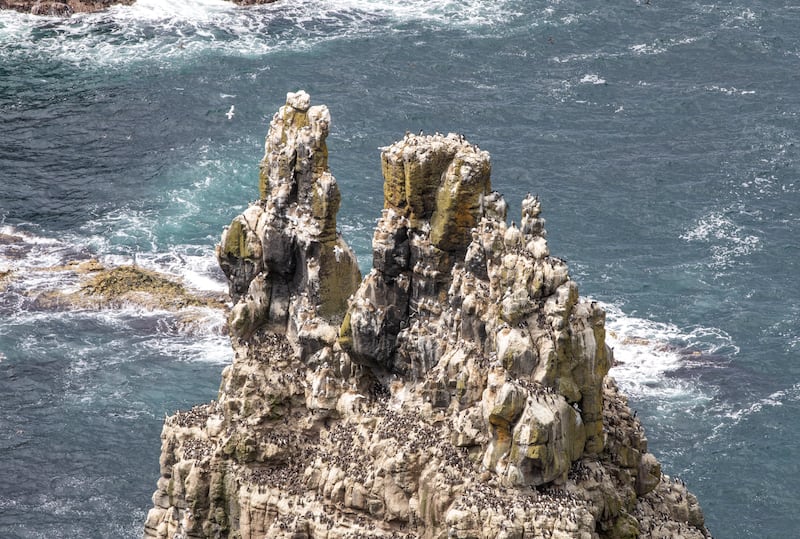
There are no signs once you step off the ferry. A crew member spots my bag: “You’re staying with us then, where are you heading?” and directs me the short distance to a whitewashed 18th-century listed Georgian building, The Manor House.
The guest house, the former dwelling of the Gage family for over 200 years – Robert Gage was landlord of Rathlin who threatened to “banish his subjects to the continent of Ireland for misconduct” – is owned by the National Trust.
It now operates as a social enterprise after undergoing a transformational renovation by islanders a decade ago in a £1 million project secured through the Rathlin Development and Community Association (RDCA).
Walking up stone steps, the evening’s menu is attached to a wall advertising Rathlin lobster, caught on the island’s only fishing boat.
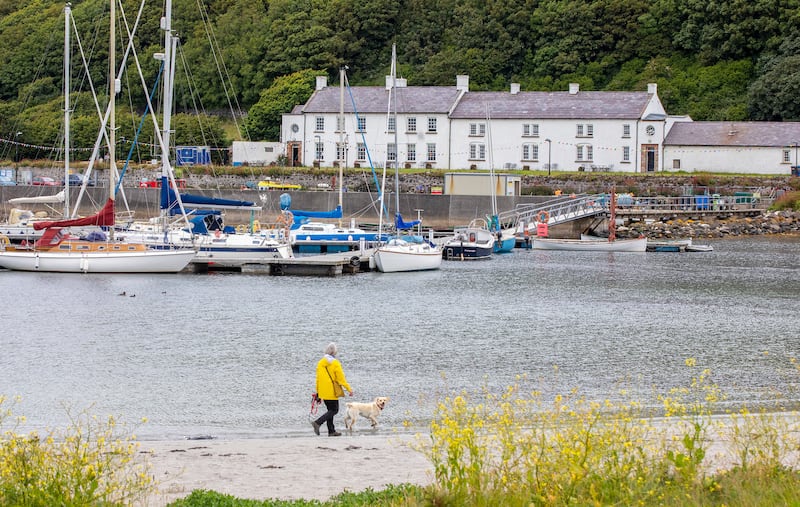
For Michael Cecil, the Manor House is a symbol of his community’s “innovation and resilience”; it wasn’t until the early 1990s that mains electricity was installed along with a roll on-roll off ferry following a “long hard battle” fought by previous generations that ended up in Westminster.
“There’s a desire to continue to improve. It’s in our DNA,” says Cecil, who is leading a project to make Rathlin carbon neutral by 2030. “We want to develop the island but at a pace that’s acceptable to everyone living here.”
The ferry skipper and his family were “sprung” into taking over the running of the 11-bedroom guest house in April: Michael’s wife, Shauna, and daughter Shannon worked 18-hour days for the first two months.
It’s really good when you’re a child but when you get to your teenage years it can be a bit isolating. But we have each other
— Sorin McMullan (17)
“We really felt the impact of Brexit in the Manor House because we could not get staff for love nor money. All of the EU nationals working in hospitality in Northern Ireland have gone home or down south,” he says.
“I eventually had to go through a recruitment agency based in Dublin. That’s where Antonio [the new chef, hired five weeks ago] came from. I never met the man, never spoke to him until he stepped on the ferry in Ballycastle.
“He’s from a wee fishing village in Naples. He’s committed until the winter.”
High summer and more backpack-carrying family day-trippers and cyclists swell the harbour as the next ferry load of visitors arrive.
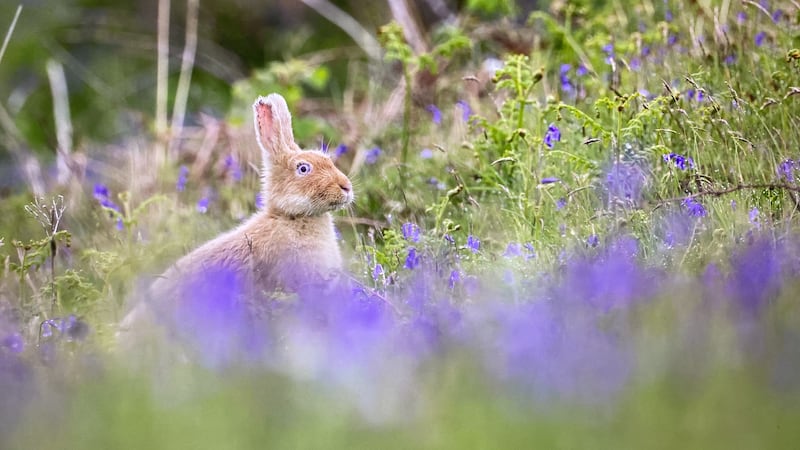
Outside McCuaig’s bar the lunchtime seats are full and Sorin McMullan (17) is happily taking food orders; her family have lived on Rathlin for generations and her father, Peter Gerard McMullan, was the last person born on the island.
As one of a handful of teenagers living on Rathlin, does she plan to stay?
“It’s really good when you’re a child but when you get to your teenage years it can be a bit isolating. But we have each other. There’s around 10 of us aged 14-25. I go to secondary school on the mainland [in Ballycastle] and try to get over as much as I can,” she says.
“When I went to primary school here, there was only eight of us. I’ll go away to university and somewhere else for a bit, then I’ll probably come back and settle.
“It’s safe, very safe. Our house is always left open – you don’t really lock your houses here. There’s a strong community. You always have your place here.”
Like most locals, Sorin has two jobs and also works at The Manor House. But McCuaig’s is the hub.
Walking through the front bar you hear the rising chatter of American, English, Australian and Belfast accents.
“There’s some really interesting people who have moved here and married. One woman came from New Zealand. On Monday we have the ‘bloody foreigners’ night – they call themselves that,” adds Soirin, laughing.
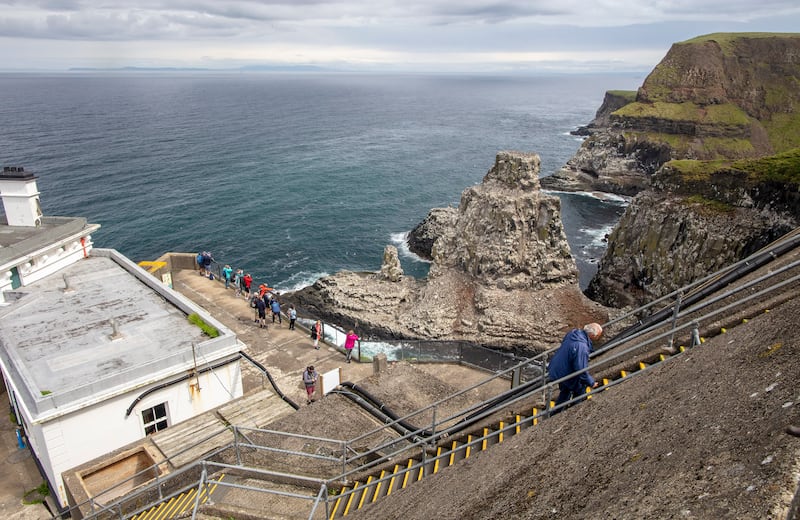
The island’s first ever Pride night was held the previous week.
“We had a parade from the bar to the Manor House. It was small but it was great,” she beams. “We really do make our own fun.”
No one is in a hurry on Rathlin and people trickle in and out of the Boathouse Visitor Centre, where a treasure trove of artefacts, documents and photographs weave together the island’s past and present.
Stephen Ryan from Dún Laoghaire, who works part-time in the centre as well as the RDCA, is taking a stroll and reflects on his and his wife’s decision to relocate to Rathlin in 2009.
We wanted to move to Rathlin because we’d fallen for the place. It gets under your skin
— Dubliner Stephen Ryan
He is a former lecturer in sociology at Dublin Institute of Technology (now TU Dublin) and he quips that he will “always be a blow-in”; their son, Oscar (8), “is considered an islander” and attends the local primary school, where there are 11 children (two have just left to go to secondary school).
“When we were weighing things up about leaving Dublin, it wasn’t about ‘Oh, I’m moving to an island to get away from all this’. We wanted to move to Rathlin because we’d fallen for the place. It gets under your skin.
“I had a bunch of friends here a few years ago. Most of them were from Dublin. One guy was from London and said: ‘God, it’s beautiful but f***ing hell, I’d hate to live here’. I get it; it’s too quiet for a lot of people. It would break you if you weren’t [up] for it.”
When the pandemic hit, the islanders controversially went into lockdown five days before Stormont enforced it across the North. Rathlin became Covid free.
“It was brilliant,” says Tom McDonnell. “There were no tourists, the weather was beautiful and we had the place to ourselves. Families who normally worked all summer were all on the beach having picnics.”
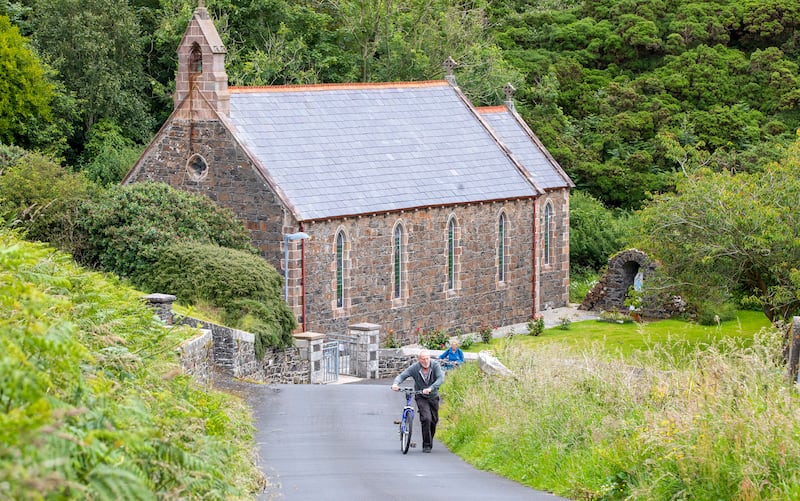
Sailing back to Ballycastle the following morning, McDonnell is visiting family but “can’t wait to get back to the island”.
He grew up on the Falls Road in Belfast, but when he was still a child his parents moved to Antrim town in 1975 to escape the violence of the conflict.
He can never imagine returning to city life and recalls the moment he decided to move.
“I was sitting in a wee cottage on Rathlin when I was volunteering for the bird sanctuary. It was a beautiful summer’s evening and I could hear a snipe (a wading bird) drumming in the distance. It’s a strange sound but it was so peaceful. I says: I’m going to live here.
“When you arrive, your stress levels drop ... There’s nowhere like it.”
Ireland’s Islands Series















